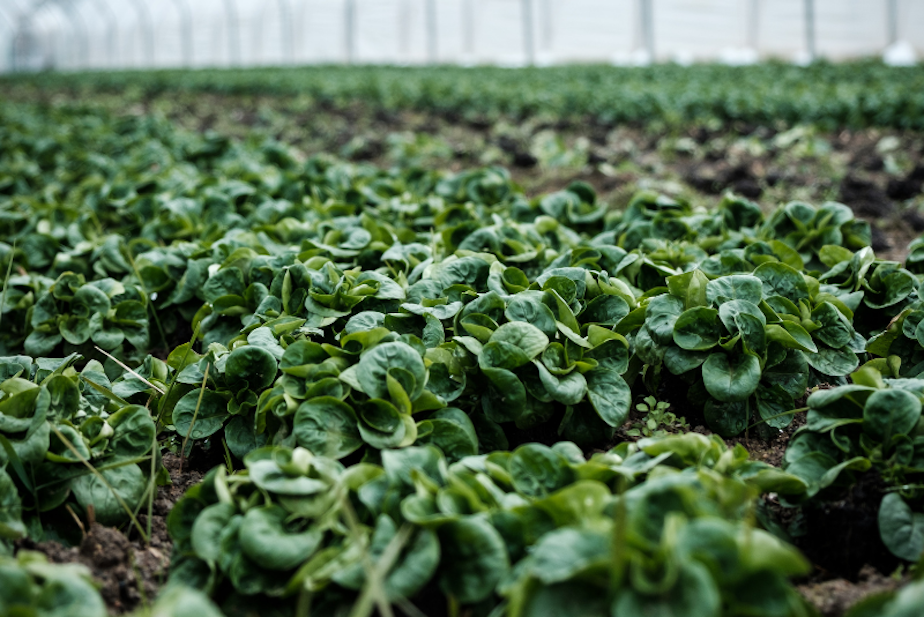Costs, and potential benefits, of reducing emissions in Washington's agricultural industry

Soil management in the agricultural industry can generate greenhouse gas emissions that contribute to climate change. Reducing those emissions for growers in Eastern Washington can initially come with a high price tag, leading farmers to weigh the costs against potential benefits of solutions.
A preliminary study from researchers at Pacific Northwest National Laboratory found practices like no-till farming, or planting cover crops, can help reduce agricultural greenhouse gas emissions.
But starting up no-till farming practices could cost up to $750,000 for a mid-sized farm. Long-term benefits could make up for that cost, however, according to Abigail King, a scientist at the lab.
“We hypothesize that a lot of the benefits will increase over time," King said. "It’s going to take time for the land to adjust, for the crops to adjust to a change in practice.”
King says more study is needed on long-term costs and benefits for growers.
Sponsored
Scientists with the Washington State Department of Agriculture say, besides economics, some growers who want to implement conservation practices worry about using extra water to grow cover crops.
Scientists say that cover crops help sequester carbon, a greenhouse gas. And after several years, those cover crops could increase the amount of water that soil holds.
Read the full story here.
